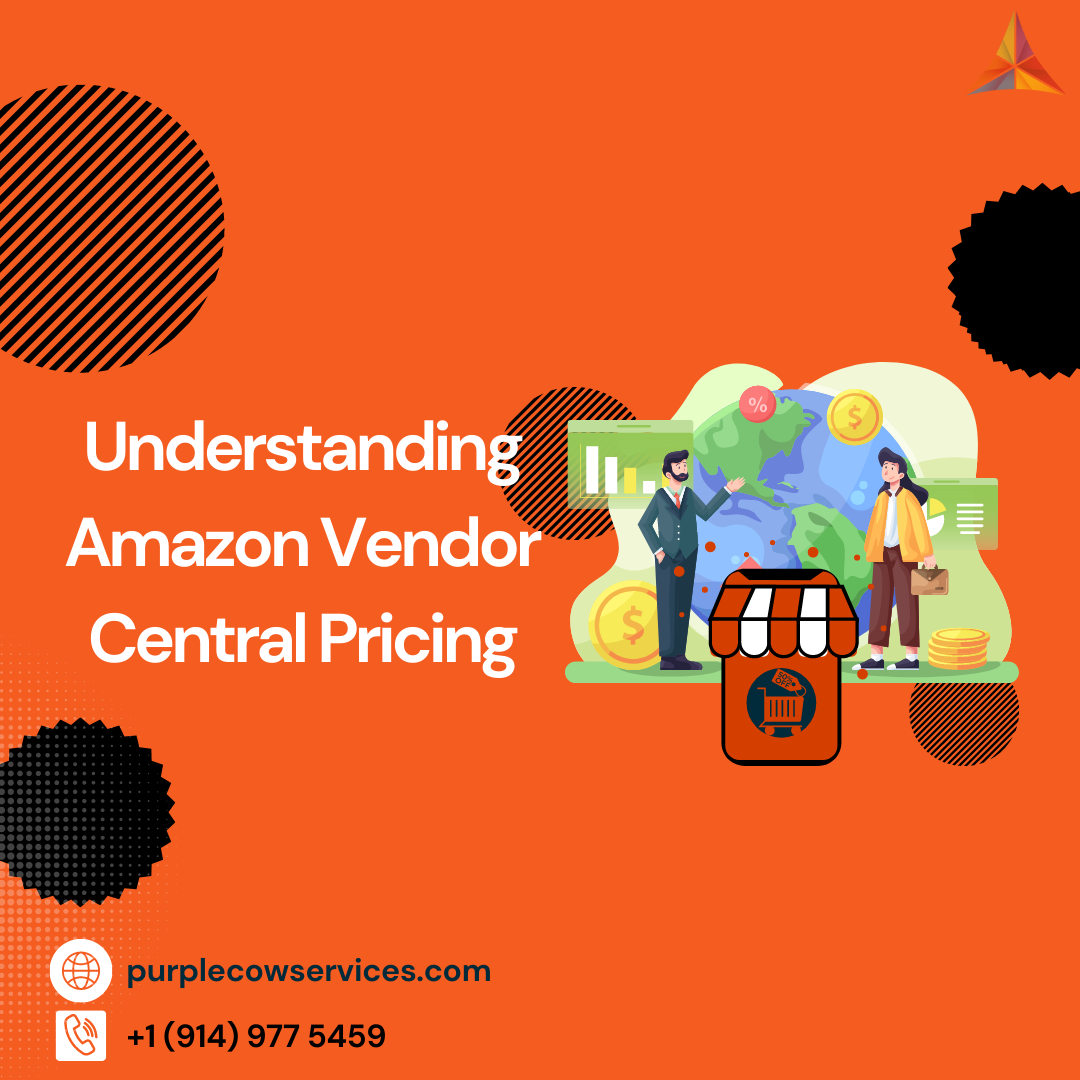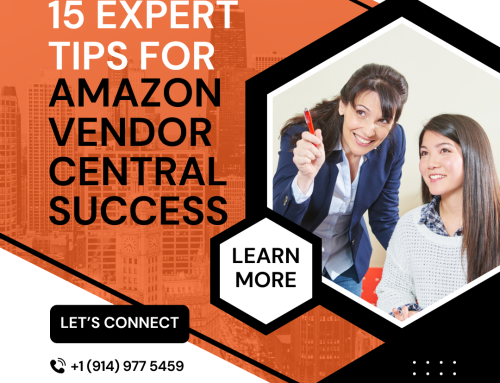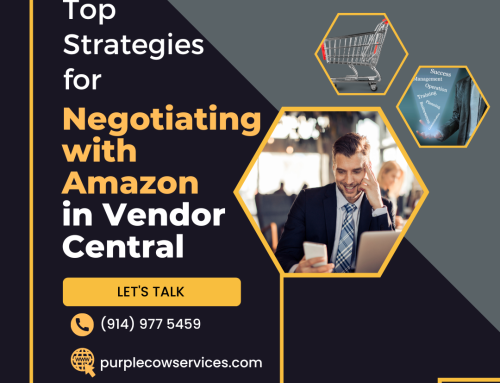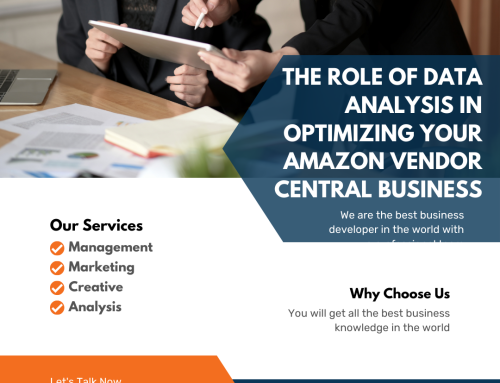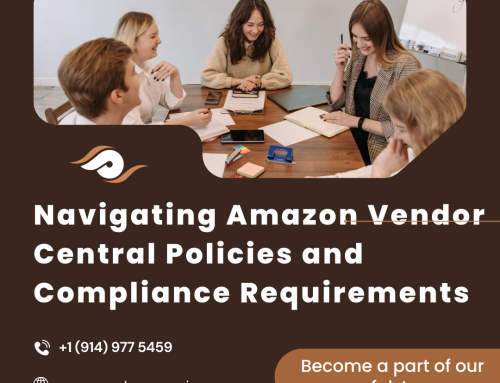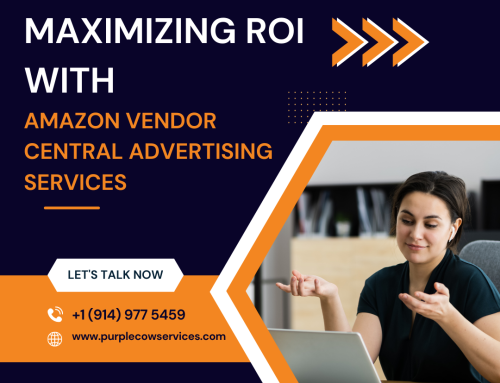Amazon Vendor Central is a platform for manufacturers and distributors to sell their products directly to Amazon. As a vendor on the platform, it is essential to understand the pricing structure to make informed decisions about your business.
Share This Story, Choose Your Platform!
In this blog, we will discuss the pricing model of Amazon Vendor Central.
Cost of Goods Sold (COGS)
As a vendor on Amazon Vendor Central, you will sell your products to Amazon at a wholesale price, which Amazon refers to as the Cost of Goods Sold (COGS). It is determined by negotiations between the vendor and Amazon and is based on several factors, including the product’s quality, demand, and competition.
The COGS is the price that Amazon pays the vendor for the products, and the vendor is responsible for all the costs associated with manufacturing and shipping the products. Usually, the COGS can have a significant impact on a vendor’s profitability, and it is important to negotiate a fair price with Amazon to ensure that your business remains profitable.
Net Invoice Amount
The Net Invoice Amount is the amount that Amazon pays the vendor after deducting any applicable fees, including marketing and fulfillment fees. Following is the calculation of Net Invoice Amount:
Net Invoice Amount = COGS – Marketing Fees – Fulfillment Fees
Marketing fees are fees that vendors pay for Amazon’s marketing services, such as product advertisements, promotions, and coupons. Fulfillment fees are the costs incurred by Amazon for storing, picking, packing, and shipping the products to customers.
It is important to note that marketing and fulfillment fees can vary depending on the product’s size, weight, and category. Vendors should consider these fees when pricing their products to ensure that they remain profitable.
Pricing Strategy
Vendors on Amazon Vendor Central have two pricing options: Manufacturer Suggested Retail Price (MSRP) and Amazon’s Suggested Retail Price (ASRP). MSRP is the price suggested by the manufacturer, while ASRP is the price suggested by Amazon. Vendors can choose either option or set their own price.
Setting the right price for a product is crucial for a vendor’s success on Amazon Vendor Central. If the price is too high, the product may not sell. And if it is too low, the vendor may not make a profit. Vendors should research their competition and consider their costs to determine the best price for their products.
Price Control on Amazon Vendor Central
As a vendor on Amazon’s platform, you do not have complete control over the price of your products. While you can suggest a retail price for your products, Amazon has the final say in setting the selling price. This means that Amazon can adjust the pricing of your products at any time, which could result in a decrease in profit margins for you as the vendor.
For example, if Amazon decides to lower the selling price of your product to match a competitor’s price or to attract more customers, this could result in lower profits for you. On the other hand, if Amazon increases the price of your product, it could result in decreased sales and lower revenue.
Additionally, Amazon may offer promotions or discounts on your products, which could also affect your profit margins. While this can help increase sales and exposure for your products, it may also result in lower profits for you as the vendor.
It’s important for vendors to be aware of these pricing dynamics and to have a clear understanding of their profit margins and pricing strategy. Vendors can work closely with their Amazon account manager and utilize tools such as the Amazon Advertising platform to help optimize their sales and profitability on the platform.
Does Vendor Central Include Any Tax or Additional Fee?
While using Vendor Central, vendors may be subject to various taxes and fees, depending on their location and the type of products they sell.
Amazon generally charges a referral fee, which is a percentage of the sale price of the item, and may also charge additional fees for services such as storage, fulfillment, and advertising.
The specific fees and taxes may vary based on the vendor’s location and the products they are selling. Vendors should review Amazon’s fee schedule and consult with a tax professional to understand the potential tax implications of selling on Vendor Central.
Conclusion
Amazon Vendor Central provides manufacturers and distributors with a platform to sell their products directly to Amazon. Moreover, understanding the pricing structure is crucial for vendors to remain profitable. Vendors should negotiate a fair COGS, consider marketing and fulfillment fees, and set the right price for their products to ensure success on the platform. Infact, by following these guidelines and keeping a close eye on their business metrics, vendors can thrive on Amazon Vendor Central and build a successful e-commerce business.
Want to thrive on Amazon Vendor Central? Choose Purple Cow for innovative solutions to navigate the complex pricing structure. Our expert guidance will help you negotiate a fair COGS, optimize your pricing strategy, and maximize profits. Don’t settle for mediocrity – stand out from the herd with Purple Cow and build a thriving e-commerce business.
Share This Story, Choose Your Platform!
In This Blog:


